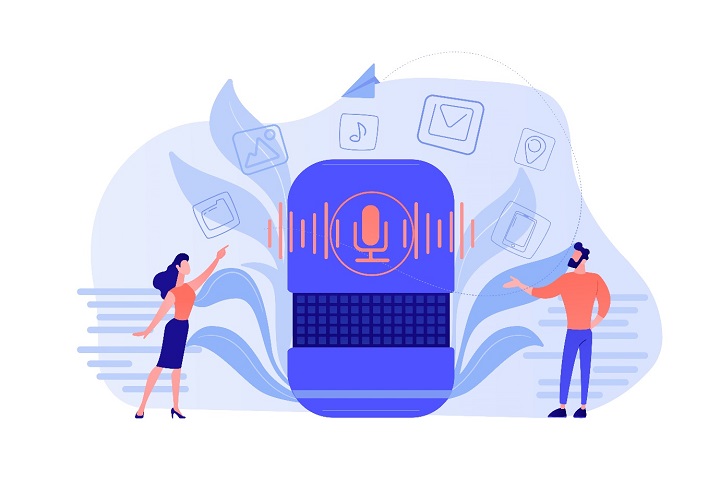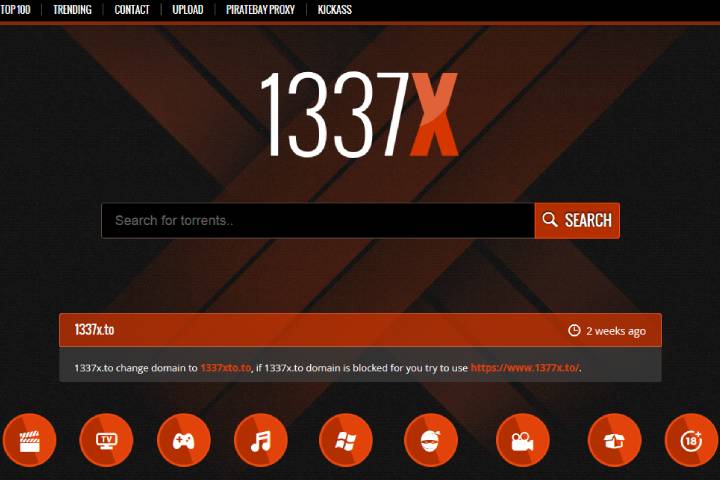Internet
How Do Collect and Train Data for Speech Projects?
Data collection is the process of gathering, analyzing, and, measuring accurate data from diverse systems to use for business process decision-making, speech projects, and research.

With technology evolution, we are moving towards machine learning systems that can understand what we say. In our daily lives, we all have encountered many virtual assistants like Alexa, Siri, and others. These virtual assistants often help us in tuning the lights in our homes, finding information on the internet, and even starting a video conference. But do you know how it does that?
To produce results, these virtual assistants use natural language processing to understand the user’s intent. Natural Language Processing technology enables virtual assistants to understand user intent and produce outcomes. These virtual assistants are applications of automatic speech recognition and are also known as speech recognition software. This software uses machine learning and NLP to analyze and convert human speech data into text.
But, attaining maximum efficiency of this software requires the collection of substantial speech and audio datasets. The purpose of collecting these audio datasets is to have enough sample recordings that can be fed into automatic speech recognition (ASR) software.
Furthermore, these datasets can be used against the speakers using unspecified speech recognition models. And to make ASR software work as intended, speech data collection and audio datasets must be conducted for all target demographics, locations, languages, dialects, and accents.
Artificial Intelligence can be as intelligent as the data given to it. Hence, collecting data for feeding the machine learning model is a must to maximize the effect of ASR. Let’s discuss steps in speech data collection for effective automatic speech recognition training.
Table of Contents
1. Create a Demographic Matrix
For creating a demographic matrix, the enterprise must consider the following information like language, locations, ages, genders, and accents. Along with these, it is a must to note down a variety of information related to environments like busy streets, waiting rooms, offices, and homes. Enterprises can also consider the devices people are using like mobile phones, headsets, and a desktop.
2. Collect and transcribe speech data
To train the speech recognition model, gather speech samples from real humans and take the help of a human transcriptionist to take notes of long and short utterances by following your key demographic matrix. In this way, human is a vital part of building proper audio datasets and labeled speech and further development of applications.

3. Build a separate test data
Once the text subscription is completed, it’s time to pair the transcribed test with the corresponding audio data and segment them to include one statement in each. Later on, take the segmented pairs and extract a random 20% of the data to form a set for testing.
4. Train the language model
To maximize the effectiveness of the speech recognition model, you can train the language model by adding general additional text that was not additionally recorded. For example in canceling a subscription, you recorded one statement that ‘I want to cancel my subscription, but you can also add texts like “Can I cancel my subscription” or “I want to unsubscribe”. To make it more effective and catchy you can also add expressions and relevant jargon.
5. Measure and Iterate
The last and most important step is to evaluate the output of automatic speech recognition software to benchmark its performance. In the next step take the trained model and measure how well it predicts the test set. In case of any gaps and errors, engage your machine learning model in the loop to yield the desired output.
Conclusion
From travel, transportation, media, and entertainment, the use of speech recognition software is evident. We all have been using voice assistants like Alexa and Siri to complete some of our routine tasks. To effectively use this speech recognition software requires proper training in the audio datasets and the use of relevant data for the machine learning model.
Proper execution and the right use of data make sure the speech recognition software going to work efficiently and enterprises can scale them for further upgrades and development. As data and speech recognition go hand in hand, make sure you are using data with the right approach.
-

 Instagram4 years ago
Instagram4 years agoBuy IG likes and buy organic Instagram followers: where to buy them and how?
-

 Instagram4 years ago
Instagram4 years ago100% Genuine Instagram Followers & Likes with Guaranteed Tool
-

 Business5 years ago
Business5 years ago7 Must Have Digital Marketing Tools For Your Small Businesses
-

 Instagram4 years ago
Instagram4 years agoInstagram Followers And Likes – Online Social Media Platform















